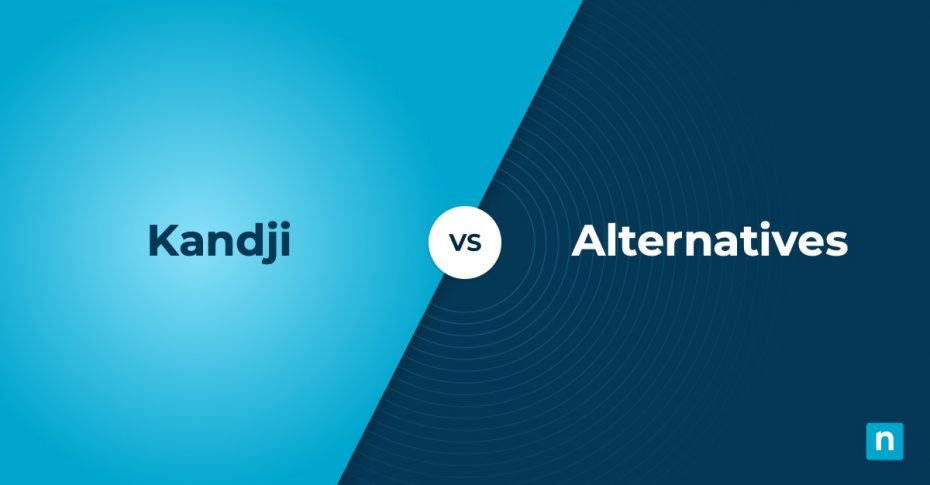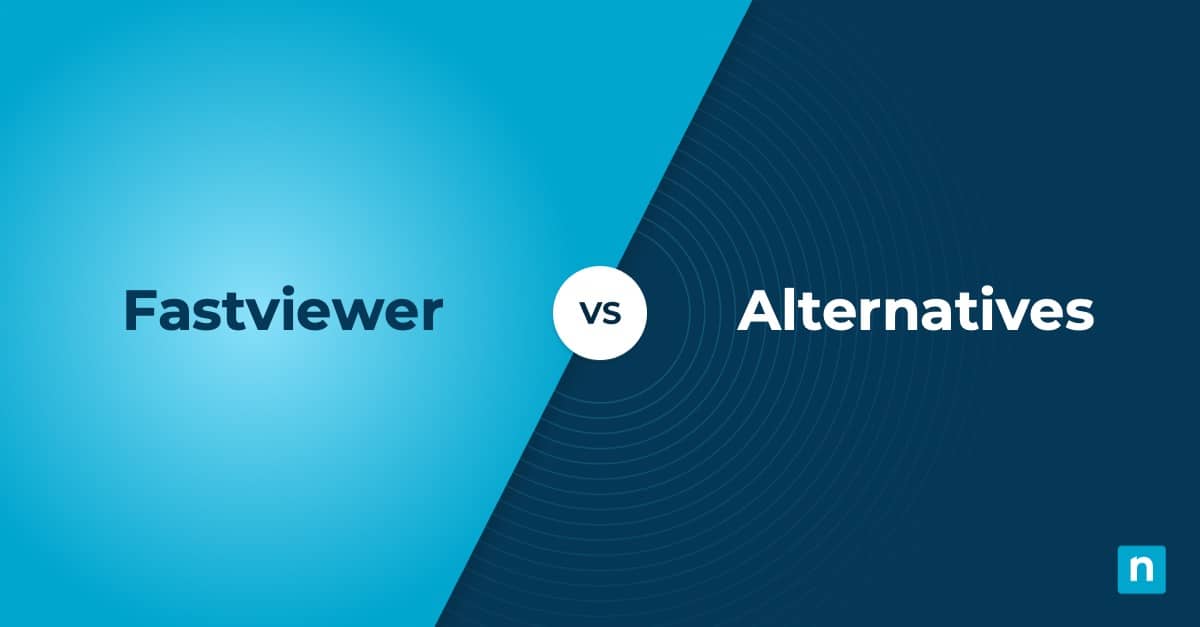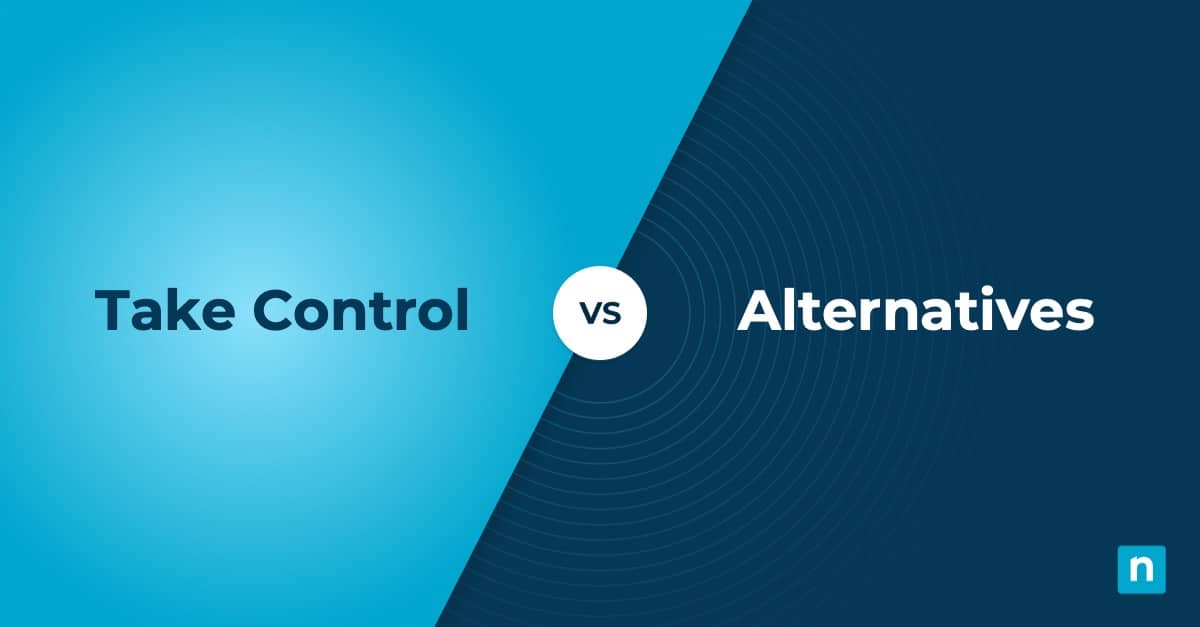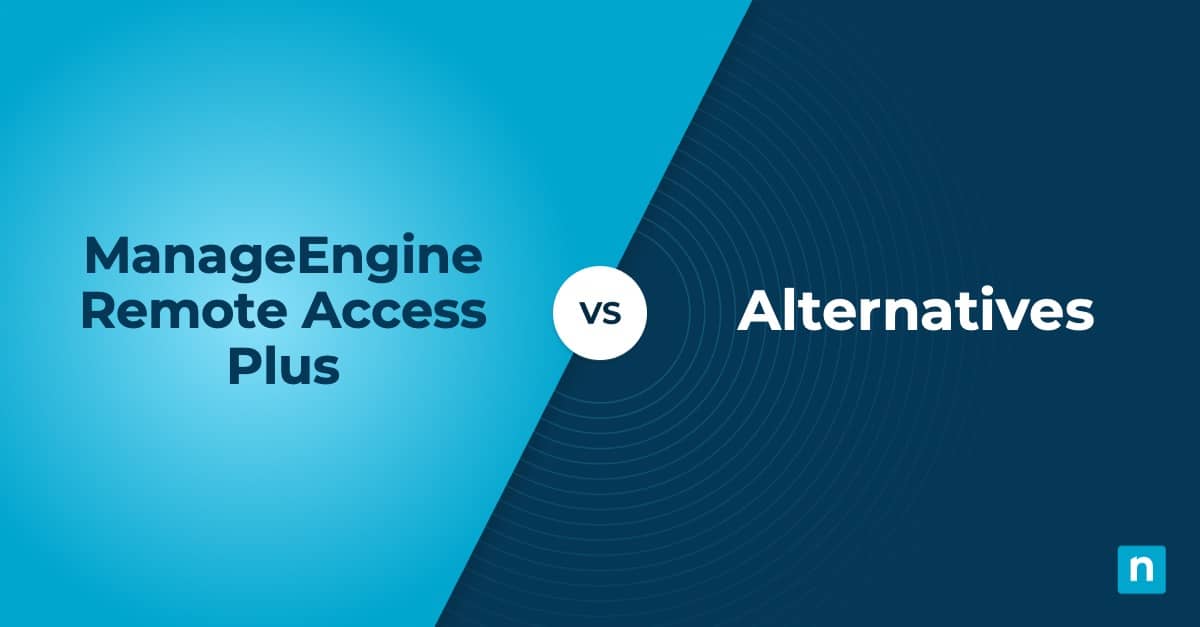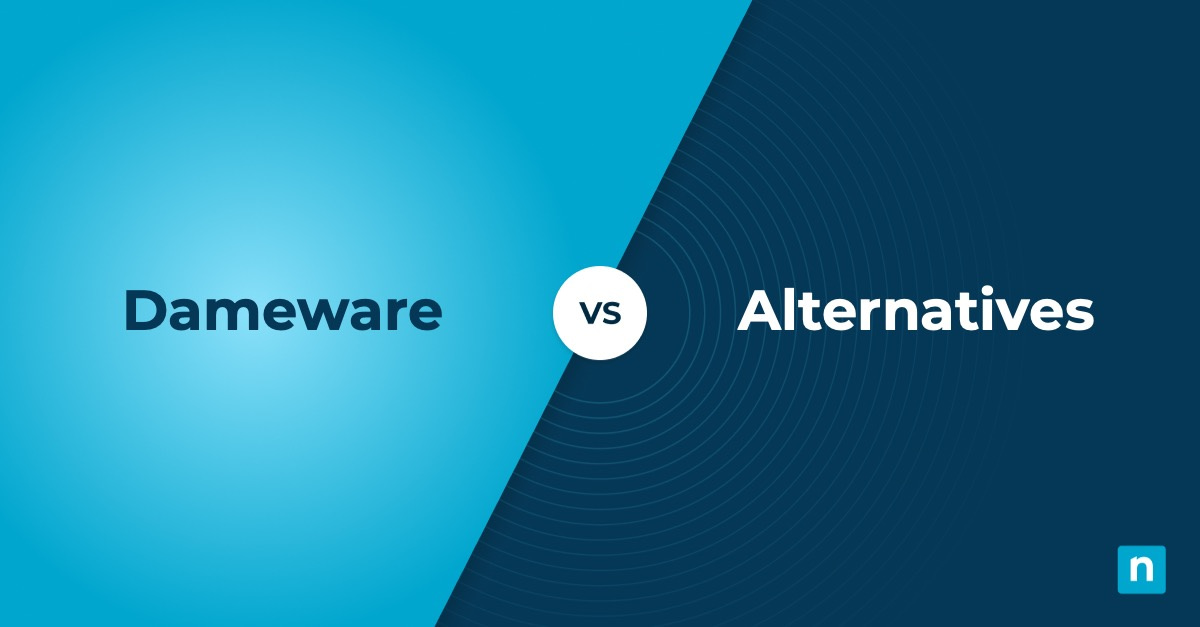Kandji is an Apple device management and security platform that offers real-time scanning and monitoring of Macs, iPhones, and iPads in a single dashboard. Marketing itself for modern businesses who need a powerful solution for their Apple ecosystem, Kandji has built its Apple and iOS mobile device management (MDM) solution to be as seamless as possible.
Nevertheless, it has its limitations. From restricted reporting features to some integration issues, Kandji may not be able to address or resolve all your business needs. This is why many business leaders today search for Kandji alternatives and explore the possibility of using a unified endpoint management software (UEM) solution instead.
MDM vs UEM solutions
Compared to MDM, UEM is a more holistic tool that allows you to monitor, manage, and secure different types of endpoint devices. A unified endpoint management system offers the same MDM abilities while providing additional monitoring and management capabilities.
When reviewing this comparison guide, it’s a good idea to consider your unique business environment and whether an MDM can match it, or if a UEM would be more appropriate. You should also pay close attention to how much an MDM would cost and how much endpoint management would cost and compare that with your current IT budget.
We’ve done the research for you to make the decision-making process easier. We’ve looked at user reviews from leading review sites, such as G2 and Capterra, evaluated the pros and cons of the top options, and written this guide.
1. NinjaOne
NinjaOne is a powerful unified endpoint management software solution that includes robust MDM capabilities so that your IT team gains market-leading endpoint visibility in a single pane of glass. Its platform is trusted by over 20,000 customers worldwide because it simplifies the most challenging parts of IT through automation – allowing you to focus on more strategic projects while experiencing radical efficiency from day one. NinjaOne’s endpoint management supports Windows, macOS, and Linux devices.
5 reasons to choose NinjaOne over Kandji
1. All-in-one solution
Arguably, Kandji’s strength is potentially its greatest weakness. Because it only offers support for Apple devices, it is not suitable for IT enterprises that need to manage other operating systems, such as Windows or Linux. Alternatively, NinjaOne is an all-in-one solution that unifies device management in an easy-to-use interface, including MDM capabilities and remote viewing. This is one of the main benefits of unified endpoint management for businesses – you ensure that your users have a more flexible, secure, and painless experience when using remote devices.
2. Robust and customizable reporting
One of the primary reasons users look for Kandji alternatives is its limited reporting functionality. NinjaOne’s IT reporting platform, on the other hand, offers customizable reports that your stakeholders can easily understand. A concise and powerful package, NinjaOne’s reporting software gives you enhanced visibility and strategic insights into your IT network. With Ninja, you receive the data you need in your desired format.
3. Unified policy management
NinjaOne ensures that all policies and configurations are uniform across your entire organization. This offers multiple benefits to your organization, including simplified management, consistent security benefits, and enhanced compliance with regulations and internal policies.
4. Built to scale
NinjaOne is a dynamic product that constantly updates its software based on the latest technologies and customer feedback. Whether you’re managing 50 or 50,000 endpoints, you can rest easy knowing that your NinjaOne endpoint management solution remains fast, reliable, and powerful. The team also proudly shares its product roadmap with its customers so they are always aware of the company’s direction.
5. Intuitive to use
NinjaOne is ridiculously easy to learn and intuitive to use. Its game-changing platform empowers your IT technicians to centrally manage all your endpoints and support end users efficiently and at scale. As a 100% cloud-based solution, it requires minimal ongoing maintenance and avoids costly on-premises infrastructure, resulting in fast time-to-value.
NinjaOne’s unified endpoint management software is built for today’s IT teams, allowing you to do more with less. Schedule a 14-day free trial today.
Strengths of NinjaOne
- Customer support. NinjaOne is rated #1 in customer support because of its unwavering dedication to its customers. In addition to offering free and unlimited onboarding and training, the Ninja team boasts one of the fastest first-response times, under 30 minutes from receiving an IT ticket, and a market-leading customer satisfaction score (CSAT) of 97%.
- Patch management. NinjaOne ranks highest among the best patch management software solutions in the market today. It helps you identify, evaluate, and deploy patches to any device from anywhere with an internet connection.
- Easy to use. NinjaOne is designed to be as easy and intuitive to use as possible. Made by IT for IT, NinjaOne has been proven to increase productivity, reduce security risk, and lower IT costs from day one.
- Integrations. NinjaOne integrates with multiple business applications, from SSO to professional services automation (PSA), giving you all the tools to hit the ground running.
- Seamless remote access. NinjaOne allows IT technicians to access the screens of end-user mobile devices remotely for quicker issue resolution. This helps minimize downtime while maintaining productivity.
Customer story
Omar Couri, Head of IT at Dalux, says that NinjaOne allowed him to harden his endpoints and become more efficient. After trialing a few endpoint management solutions, he found NinjaOne the most holistic platform, offering him the features he needed to handle his growing IT environment.
“The most noticeable measurable benefit from switching to Ninja is that we went from having only 50% of our endpoints fully secure, compliant and managed to 100%,” Omar explains. “The features Ninja offers is one thing when you add the way they look after their customers, the account management, the technical support – that is a leading example of how any company should be running their operations.”
Read more Ninja customer stories or check out NinjaOne reviews.
NinjaOne’s IT management software has no forced commitments and no hidden fees. If you’re ready, request a free quote, sign up for a 14-day free trial, or watch a demo.
Reviews
- 1,106 reviews (at the time of writing)
- 4.8 / 5 stars
- 207 reviews (at the time of writing)
- 4.8 / 5 stars
2. Jamf Pro
Jamf Pro is an enterprise mobile device management software for Apple devices. Its device management tool is intended to help IT organizations manage and secure a seamless Apple experience from a single dashboard.
Pros
- Device management. Jamf allows IT teams to configure profiles and use policies and scripts to customize devices for a better user experience.
- Remote assistance. Your IT technicians can remotely access and control your Apple devices from anywhere.
- Inventory management. Jamf automatically collects up-to-date information about hardware, software, and security configuration details from your Apple devices.
Cons
- Limited support for other operating systems. As with Kandji, Jamf only supports Apple devices, making it challenging for organizations that need to monitor and manage other operating systems.
- Patch management. Jamf could improve its patch management tool to make it easier to use and automate.
- Learning curve. Jamf takes some time to learn and master.
3. Ivanti Neurons for Unified Endpoint Management
Ivanti Neurons for UEM is a cloud-based solution that gives you complete visibility across all your endpoints, including mobile devices. Its platform is designed to proactively secure and heal devices through automation.
Pros
- Real-time asset discovery. Ivanti discovers and produces an inventory of all your endpoints so that you can detect possible technical issues.
- Lifecycle device management. Ivanti helps you secure any endpoint across its entire lifecycle.
- Vulnerability remediation. Ivanti helps you proactively diagnose and remediate issues in the background.
Cons
- Requires training. Ivanti is better suited for more experienced IT technicians.
- Clunky interface. Some G2 users have said that Ivanti is not as customizable as expected and can sometimes be challenging to use.
- Complexity of setup and configuration. Ivanti could improve its ease of deployment and use.
See how Ivanti compares with NinjaOne or read a more in-depth analysis of Ivanti alternatives.
Shopping for Kandji alternatives?
Deciding between an MDM and a UEM can become overwhelming if you don’t know where to start. An expert tip would be to sit down with your IT team and evaluate your specific needs, including what pain points you are trying to address. It’s worth noting that there is no “perfect” solution – always choose a platform that is the most appropriate for your requirements.

